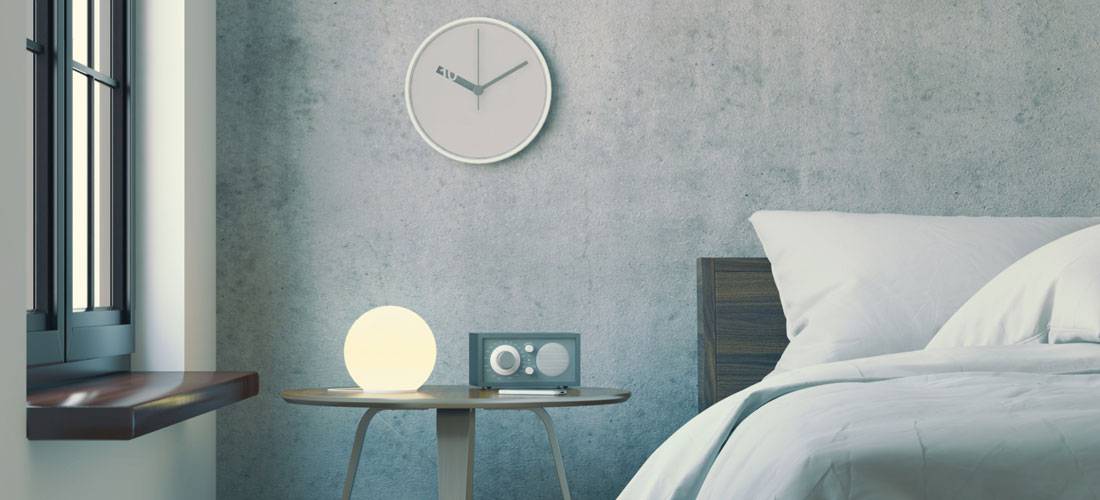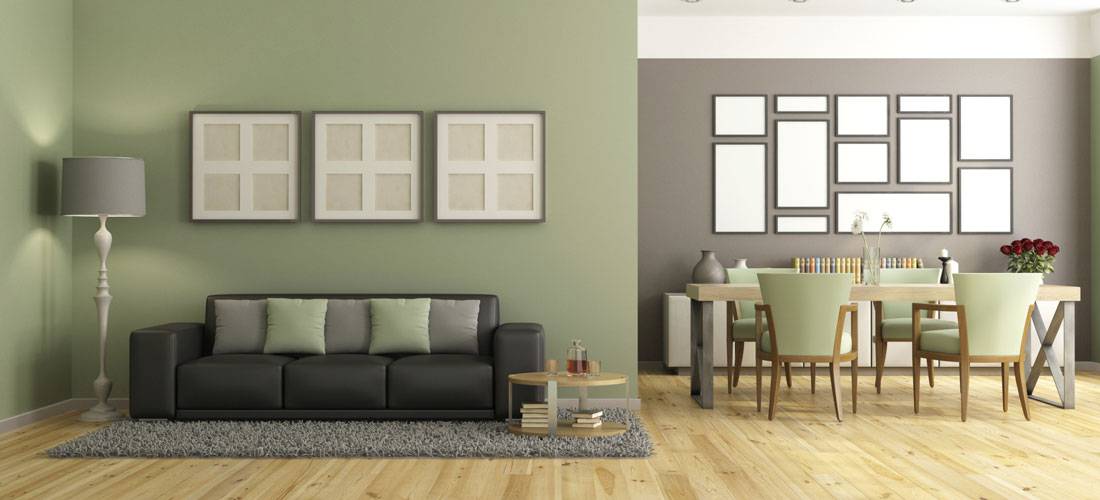Using a primer can save you a lot of work, money and time, and it can help you create a much smoother and cleaner appearance for your top coat.
Paint primer is a base coat that is applied before you begin painting. It is generally thicker than traditional paint, and it can save you from having to use several coats of your color. Primer also helps to block tannins, stains, watermarks and grease that can bleed through your paint and cause unsightly discoloration.
Useful link: http://tlc.howstuffworks.com/home/painting-primer.htm
Paint primer can be either oil based or water based. It acts more like glue than paint because it easily adheres to whatever surface you are painting. The decision to use primer generally depends on the condition of the surface you are working with. If there is no chipping, peeling or discoloration, you can usually begin with an application of premium paint. Interior walls, especially in new constructions, sometimes do not need primer, but an exterior finish that withstands weathering should usually have an application of primer before you begin using your exterior paint.
One simple way to tell if you need an application of primer is to take a piece of sticky tape and rub it securely onto the existing surface. Rip the tape off quickly. If the tape damages the paint underneath you will need to sand the surface and apply a coat of primer. In addition, if the existing paint was applied before the 1970s, there is a good chance it is lead-based. You should apply primer as a precaution.
Useful link: http://www.familyhandyman.com/painting/painting-how-to-choose-and-use-primers/view-all
Useful link: http://tlc.howstuffworks.com/home/painting-primer.htm
Once you have made the decision to use primer, you need to choose your paint colors. Whether you are using interior paints or exterior paints, it is a good idea to tint your primer with a small amount of topcoat color for complete coverage. You may also choose to tint the primer grey or purchase a grey primer if you are going from light-color paint to a dark one or a dark paint to a light one. It can take many coats of regular paint to cover a light or dark color, so primer can help lower the costs of purchasing more paint. If you are choosing interior primer, it may be a good idea to use a zero-VOC, which contains little to no odor. With exterior paints or in areas with excellent ventilation, it is not as important.
Useful link: http://www.popularmechanics.com/home/improvement/interior/4286872
There are several pros and cons to using paint primer.
Pros:
- Mildew resistant
- Easy cleaning
- Makes paint last longer
- Even paint coverage
- Dries quickly
- Painted surface feels smooth
- Available in flat or semi-gloss
Cons:
- Often doesn't cover very dark paint colors
- Can be more expensive than regular paint
- May require a second coat
Paint primer is often a good choice when you are repainting a room or the exterior of your home. It can offer a much more professional appearance than latex paint alone. QualitySmith can give you free estimates for painting your home from contractors near you.















Write a Comment